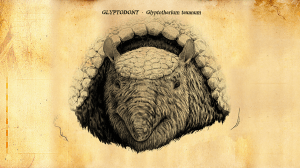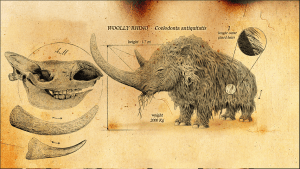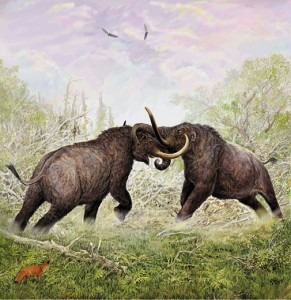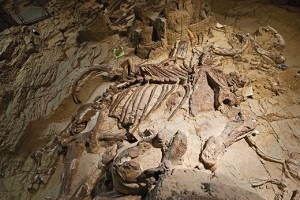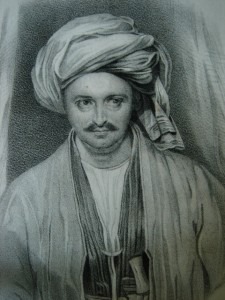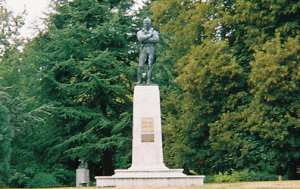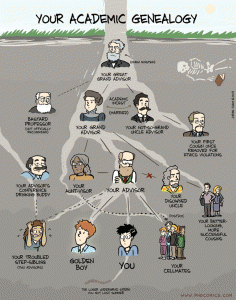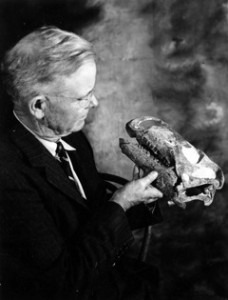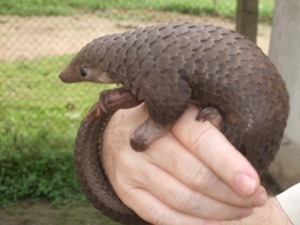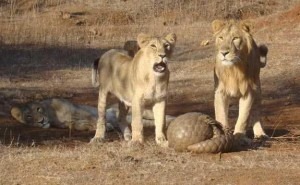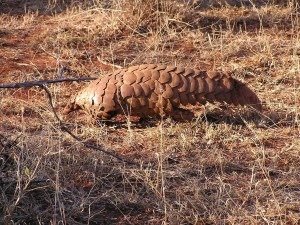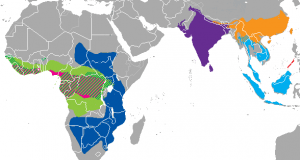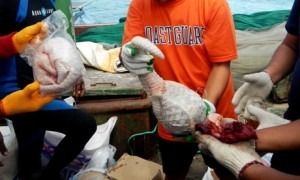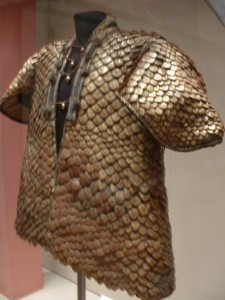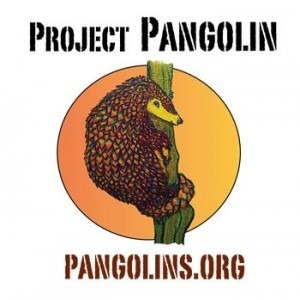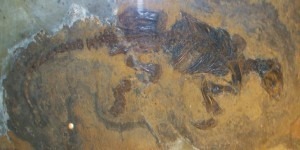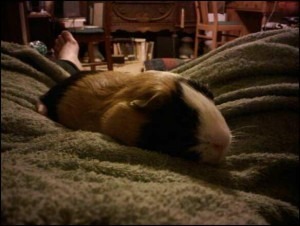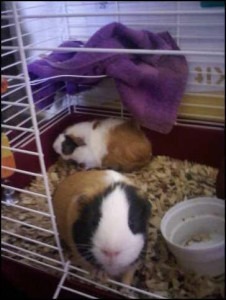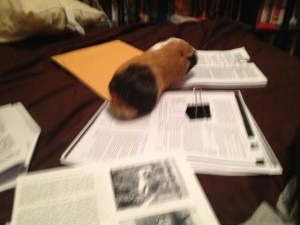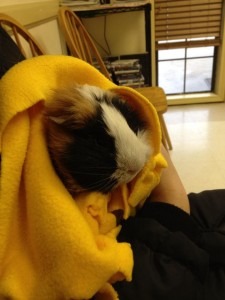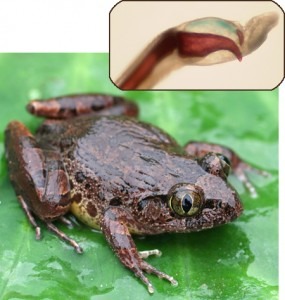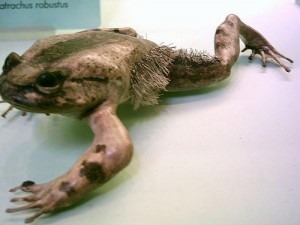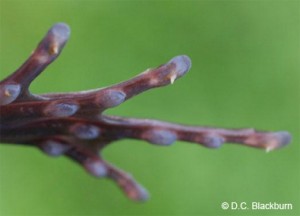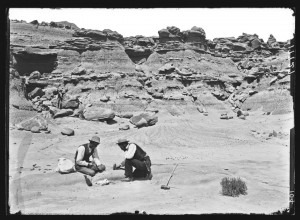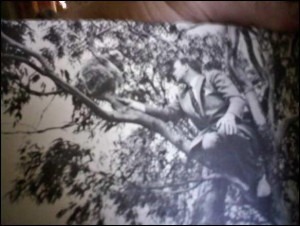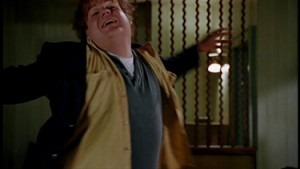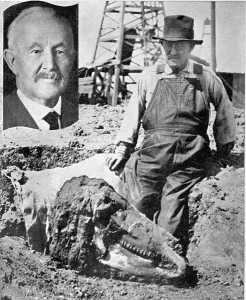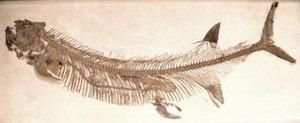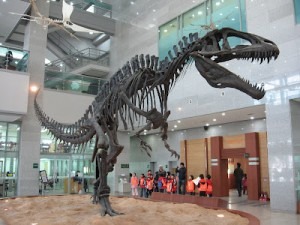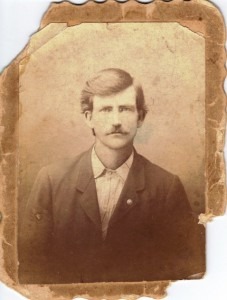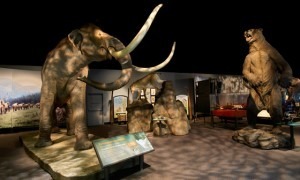 |
| From the Denver Museum of Natural History |
 Suddenly, quite suddenly actually, extinct mammals have shown up in documentaries and traveling exhibits. Granted they are still the “giants,” “titans,” and “other impressive adjectives” versions of the creatures that took over after the dinosaurs died out. These guys are every bit as diverse and impressive as their non mammalian counterparts, they may not be 125ft long with supersonic tail whips, (the blue whale is still the largest thing on the planet. ever.) But their biodiversity and niche filling adaptations make them quite incredible to study. Here is a little preview of a traveling exhibit called Mammoths and Mastodons: Titans of the Ice Age,” which, as I write this, is currently on display at the Denver Museum of Natural History. Check with your local (or close-ish) museum to see if they are going to be getting in the next few years.
Suddenly, quite suddenly actually, extinct mammals have shown up in documentaries and traveling exhibits. Granted they are still the “giants,” “titans,” and “other impressive adjectives” versions of the creatures that took over after the dinosaurs died out. These guys are every bit as diverse and impressive as their non mammalian counterparts, they may not be 125ft long with supersonic tail whips, (the blue whale is still the largest thing on the planet. ever.) But their biodiversity and niche filling adaptations make them quite incredible to study. Here is a little preview of a traveling exhibit called Mammoths and Mastodons: Titans of the Ice Age,” which, as I write this, is currently on display at the Denver Museum of Natural History. Check with your local (or close-ish) museum to see if they are going to be getting in the next few years.
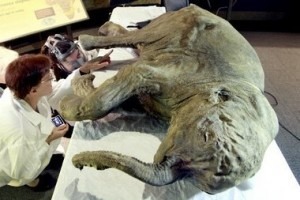 |
| You may remember her taking National Geographic by storm in 2009. Waking the Baby Mammoth |
If you want a bit of interaction you can go here and play in a virtual lab with more details on Lyuba, the baby mammoth.
What is really exciting is the upcoming BBC spectacular: Ice Age Giants. I just looked at some of teh storyboard drawings released to the BBC and they are great. I mean, these are enlarge frame and hang in your office good. That is, of course, you have some strange office decorations like I do. Guess what University now has a policy on shrunken heads? The link for the image slideshow is over at BBC News. But, here are a couple that I really liked:
The trailers for this look fantastic. The CGI has improved so much from when they first started making these kinds of things. I do miss the animatronic stuff, but that usually shows up in larger budget productions. Here is a brief trailer and a bit of the behind the scenes talk with the animators and twitchy digital programs that make animal hair move how its supposed to when an extinct animal walks.
They are as part of America as baseball, apple pie, and cliches. Once the dust settled, the revolutionaries turned scientist. Our Founding Fathers worked with Our Founding Fossils. I am working on a paper discussing that which will, hopefully be finished end of June. Look for it in a future post. Until the next time we meet, keep reading the bones.


